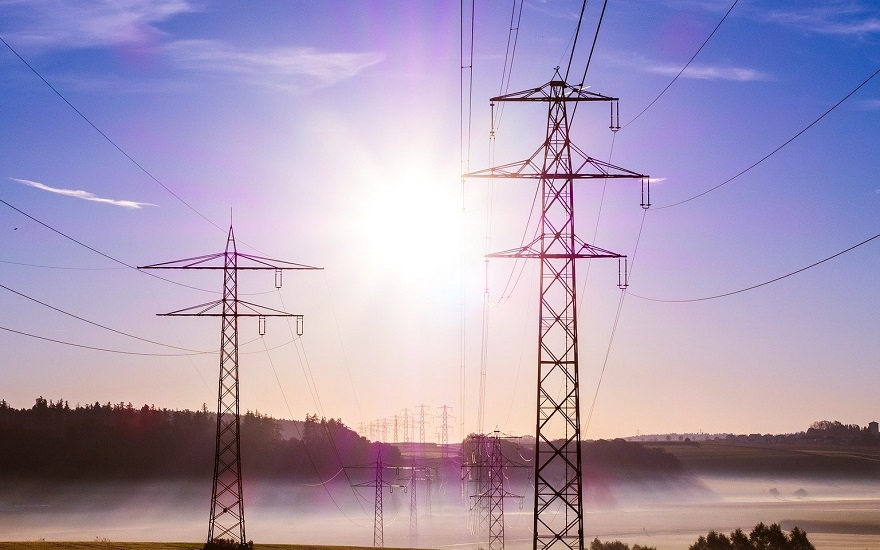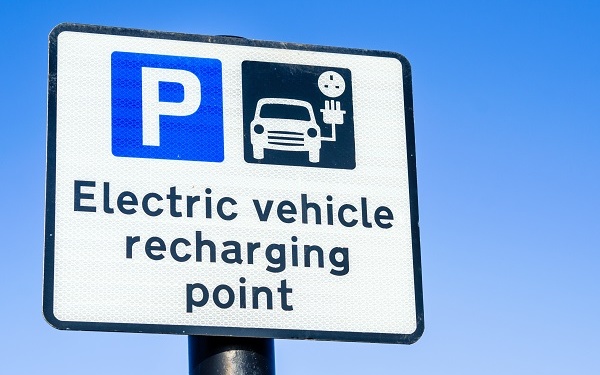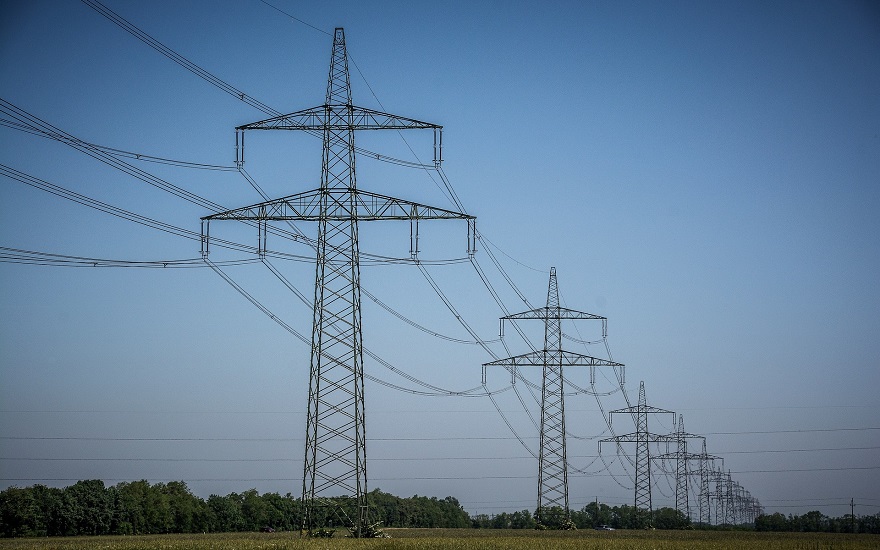Electricity demand in Britain will continue to be low over the coming months, according to National Grid’s Summer Outlook 2021.
The electricity system operator (ESO) doesn’t expect power requirements to drop to the levels of last year, however, when demand reached a record low in the early phase of the coronavirus pandemic.
The Summer Outlook is the electricity network operator’s annual report into Britain’s projected energy needs. It also publishes a Winter Outlook every year too.
Its latest predictions outline market conditions as the country moves away from the darker, colder months.
Summer Outlook 2021 expects peak electricity demand of 32 GW. This is up by around 500 MW on last year’s actual use and compares to around 50 GW during the winter.
Forecasted minimum demand of 17.2 GW isn’t as low as last summer’s 16.2 GW, as a result of planned relaxation of current COVID-19 restrictions.
These forecasts put the coming summer on a similar level to the demand experienced in 2019, when its peak was 32.9 GW and minimum was 17.5 GW.
Balancing The Grid
Summer Outlook 2021 details how “managing low demand is one of the most complex scenarios our control rooms have to face”. However, it believes it has sufficient schemes in place to “support balancing and system needs”.
These include the Optional Downward Flexibility Management (ODFM) service introduced last summer, a new Dynamic Containment service, and further progress on its Loss of Mains Change Programme, which all ensure “the network is more resilient when facing low levels of electricity demand and inertia”.
“Whilst we expect that Covid-19 will continue to impact on how the country as a whole uses electricity, with most still working from home until June, we do not expect low demands to have the same impact on our networks this year.
“This is, in part, because over the last 12 months we have been working hard to ensure we don’t need to take the same actions we took last year (e.g. bilateral contracts with specific generators).”
– Fintan Slye, National Grid ESO Director
Summer Outlook 2021 follows hot on the heels of National Grid ESO publishing its updated Innovation Strategy for 2021-22.
The review, which covers the start of the new RIIO-2 regulation framework, highlighted digitalisation, future markets, constraint management, and a whole energy system as the four main priorities.




